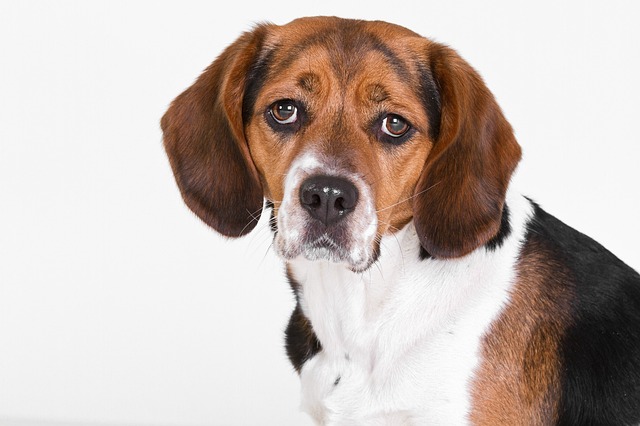
How to discipline a Beagle puppy?
Beagle puppies come with a double dose of energy and curiosity—traits that make them charming, but also prone to chewing shoes or darting through open doors.
When an adorable puppy enters our lives, its innocent and naive look instantly melts our hearts. Teaching a puppy some simple skills, like shaking hands, not only adds fun to our lives but also serves as an excellent way to start an intimate interaction with them. Nevertheless, this process requires us to have a thorough understanding of the puppy's behavior and habits, and to apply scientific and affectionate methods.
Puppies are like pure blank slates, with a strong curiosity and a desire to explore, and they are full of novelty about the world. At this stage, they have relatively strong learning abilities, yet their attention is easily distracted and their patience is limited. Thus, the training time should not be too long. It's essential to keep the training interesting and fresh, so that the puppy always looks forward to it.
In the initial stage of training, creating a quiet, comfortable, and minimally disturbed environment is of great significance. The corner of the living room at home or a peaceful indoor space are both ideal choices. Such an environment can help the puppy focus its attention and concentrate on the owner's commands and guidance. Prepare some small snacks that the puppy loves, such as dried chicken and cheese bits. These delicious treats will be powerful "baits" during the training. The function of snacks is not just for rewarding; they can also establish a strong connection in the puppy's mind between the training and a pleasant experience.
When starting the training, gently call the puppy's name first to draw its attention and make sure it's focused on you. Then, extend your right hand and gently lift the puppy's left front paw while clearly and gently giving the command "shake hands". During the process of lifting the paw, be gentle to avoid hurting the puppy. Once you successfully lift the puppy's paw, immediately give it a delicious snack as a reward and praise it enthusiastically, like "Baby, you're amazing" or "You did a great job". The puppy will associate the action of lifting its paw with a pleasant feeling due to getting the delicious food and praise, and will be more willing to repeat this action.
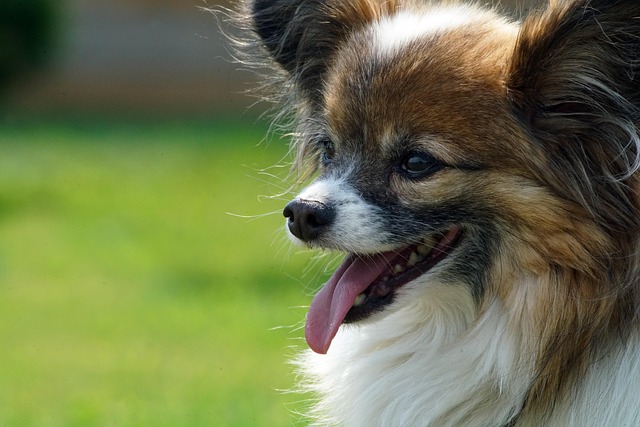 At first, the puppy may have no idea about the "shake hands" command, and the owner needs to repeat the above actions several times. Each repetition is an opportunity to deepen the puppy's memory. As the training progresses, you'll find that the puppy gradually understands your intention and starts to lift its paw on its own initiative in response to the command. In this process, the owner's patience and perseverance are the keys to success. If the puppy doesn't understand for a while, don't be impatient or scold it. Otherwise, the puppy will feel scared and develop resistance to the training.
At first, the puppy may have no idea about the "shake hands" command, and the owner needs to repeat the above actions several times. Each repetition is an opportunity to deepen the puppy's memory. As the training progresses, you'll find that the puppy gradually understands your intention and starts to lift its paw on its own initiative in response to the command. In this process, the owner's patience and perseverance are the keys to success. If the puppy doesn't understand for a while, don't be impatient or scold it. Otherwise, the puppy will feel scared and develop resistance to the training.
As the puppy becomes more familiar with the action, you can try to increase the difficulty. After giving the "shake hands" command, pause for a few seconds and wait for the puppy to lift its paw voluntarily. If it manages to do so, give it generous rewards and enthusiastic praise in a timely manner. If it doesn't respond, guide it gently again to help it complete the action. By doing this, you can enhance the puppy's ability to understand and execute the command.
The training frequency also needs to be properly controlled. Conduct 3 to 4 training sessions every day, with each session lasting 10 to 15 minutes. This allows the puppy to maintain its enthusiasm for learning while having enough time to rest and digest what it has learned. Consistent and regular training can help the puppy master the "shake hands" skill quickly. Meanwhile, during the training, always pay attention to the puppy's state. If it shows signs of fatigue or boredom, stop the training immediately to prevent negative emotions caused by overtraining.
In addition to just training the action, establishing a deep emotional bond with the puppy is equally important. After the training, spend more time playing and interacting with the puppy, stroking its head and body, and chatting with it softly. In daily life, when the puppy takes the initiative to show a friendly gesture, such as approaching you or wagging its tail, respond and give rewards promptly to reinforce its positive behavior. In this way, the puppy will trust you more, be more willing to cooperate with the training, and the learning effect will be much better with less effort.
Teaching a puppy to shake hands is a journey filled with joy and challenges. In this process, we witness the puppy's growth and transformation from being ignorant to mastering the skill proficiently. Every successful handshake is a wonderful moment when the relationship between us and the puppy becomes closer. When the puppy happily extends its little paw and shakes hands with you warmly, the joy and satisfaction are indescribable. Let's carry love and patience in our hearts, guide the puppy with scientific methods, embark on a learning journey full of love and warmth, and create more beautiful memories together.

Beagle puppies come with a double dose of energy and curiosity—traits that make them charming, but also prone to chewing shoes or darting through open doors.
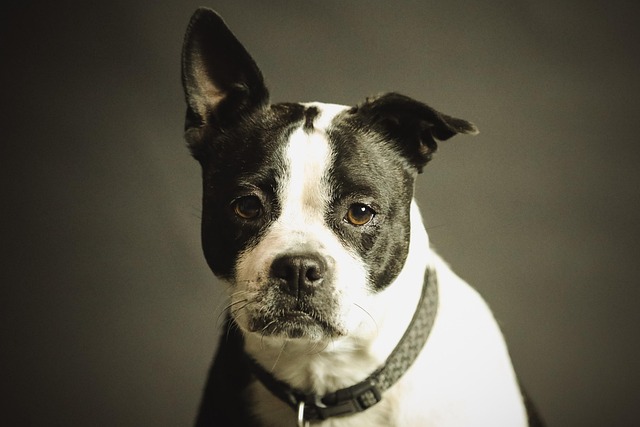
Dogs thrive on routine, and small breeds—with their quicker metabolisms—need extra consistency. Start by taking your pup out at the same times daily: right after waking up, 15 minutes after meals, and just before bed.
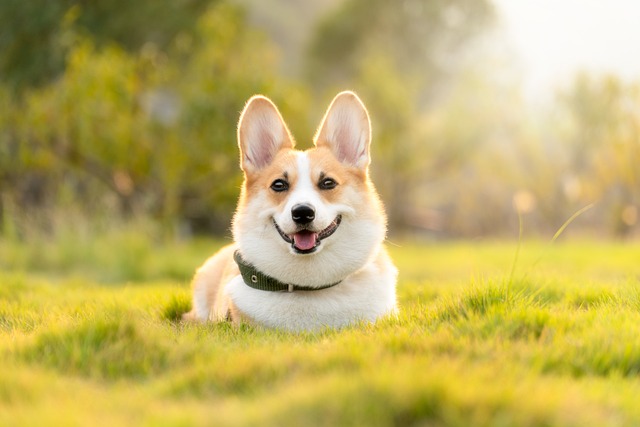
Corgis, with their stubby legs and big personalities, can be little troublemakers when they decide to ignore commands.
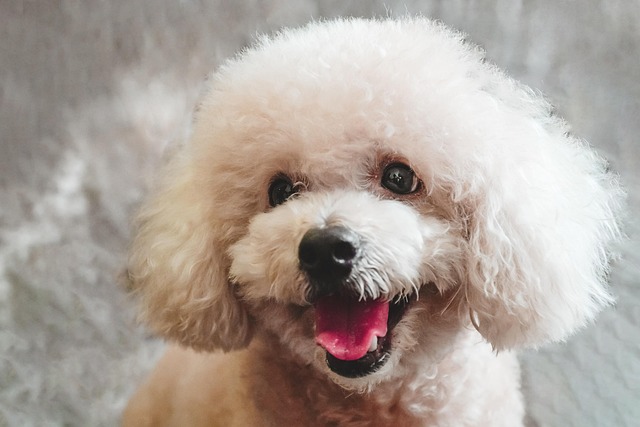
The sudden explosion of barking when a delivery person approaches your door or a neighbor walks past your window is more than just a nuisance
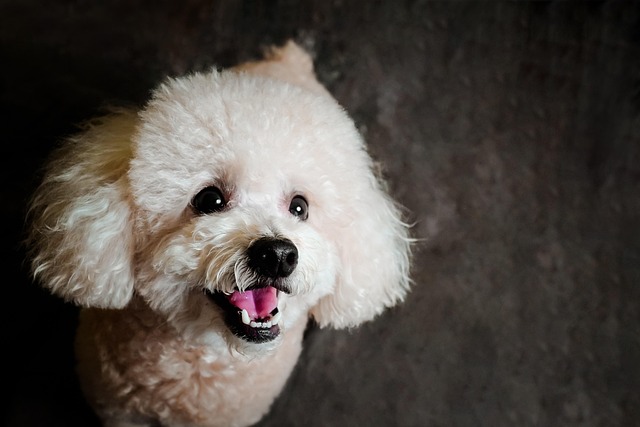
The panicked barking that starts the moment your apartment door closes isn't just heartbreaking—it's a common struggle for urban dog owners trying
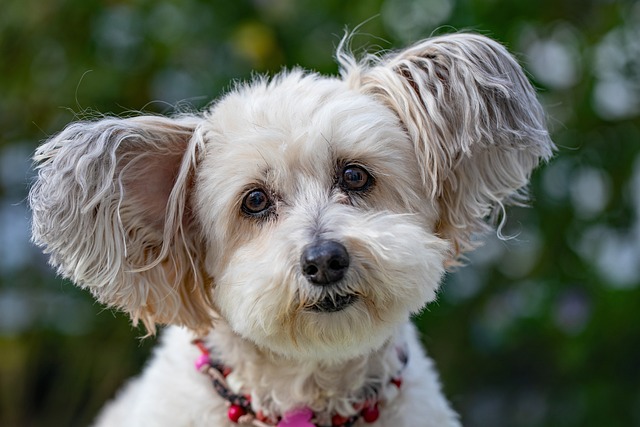
That insistent barking your dog does when demanding food, attention, or toys isn't just annoying—it's a learned behavior that's surprisingly easy to reinforce accidentally.